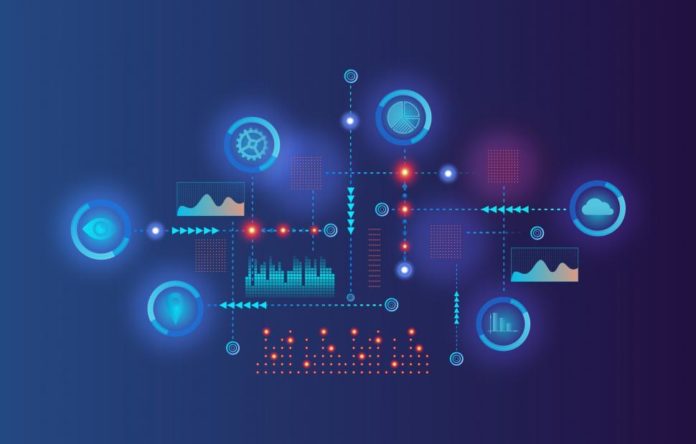In the United States, 102.9 million smart metres have been deployed as of 2020. These gadgets record and report electric consumption, voltage, and current to users and grid operators. By 2050, it is anticipated that both the number of smart metres and the amount of energy consumed will have increased by 50%. Although large-scale data gathering and storage have been made possible by energy standards, leveraging this data to reduce costs and consumer demand has been a continuous focus of energy research.
A team from the Lawrence Livermore National Laboratory (LLNL) has created GridDS, an open source data-science toolkit for power and data engineers, to help make the most of all this data. It offers an integrated infrastructure for storing and augmenting energy data as well as a comprehensive set of cutting-edge machine-learning models.
“Until now, no open source platforms have provided data integration or machine learning models. The few existing platforms have been proprietary and not available to the broader research community,” said principal investigator and data scientist Indra Chakraborty at the Laboratory’s Center for Applied Scientific Computing (CASC). “As an open source toolkit, GridDS opens the door to data and power scientists everywhere who are working on these challenges and want to make the most of this data.”
The Grid Modernization Lab Consortium of the Department of Energy provides funding for GridDS (GMLC). GridDS will help increase the effectiveness of distributed energy resources like smart metres, batteries, and solar photovoltaic panels by offering an integrative software platform to train and evaluate machine learning models. In order to estimate energy consumption and identify impending grid failures, GridDS is also built to make use of sophisticated metering infrastructure, outage management system data, supervisory control data collection, and geographic information systems.
For these many data streams, GridDS has a Python software package that is modular and generalizable. GridDS offers a variety of distinct functions not yet implemented in advanced distribution management systems, which often have very specialised software infrastructure by design. GridDS adapts to dissimilar datasets recorded by various devices.
“Previous experiments have demonstrated that when it comes to applying the best machine learning model for a given energy problem, one shoe does not fit all. Each scenario is different, and context is key,” said Vaibhav Donde, associate program lead for Energy Infrastructure Modernization.
“We have found that researchers are better off trying several approaches to see what works best. With GridDS, you can make small tweaks to task designs, such as horizon or history in an autoregression, or carry over machine learning models between datasets, which enables learning transfer and broader model validation. GridDS can take general approaches, apply them to highly specific energy tasks and evaluate and validate their performance,” Donde added.
GridDS can also train model hyperparameters and quickly and effectively test a variety of solutions to energy and sensor time-series concerns.
















































































